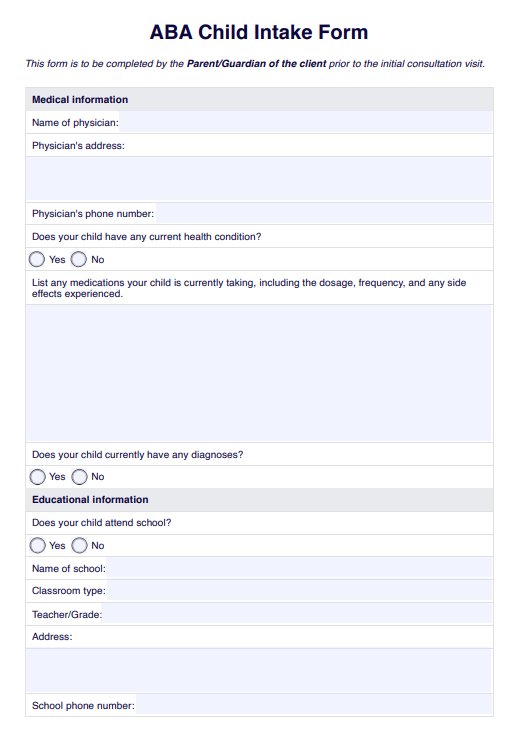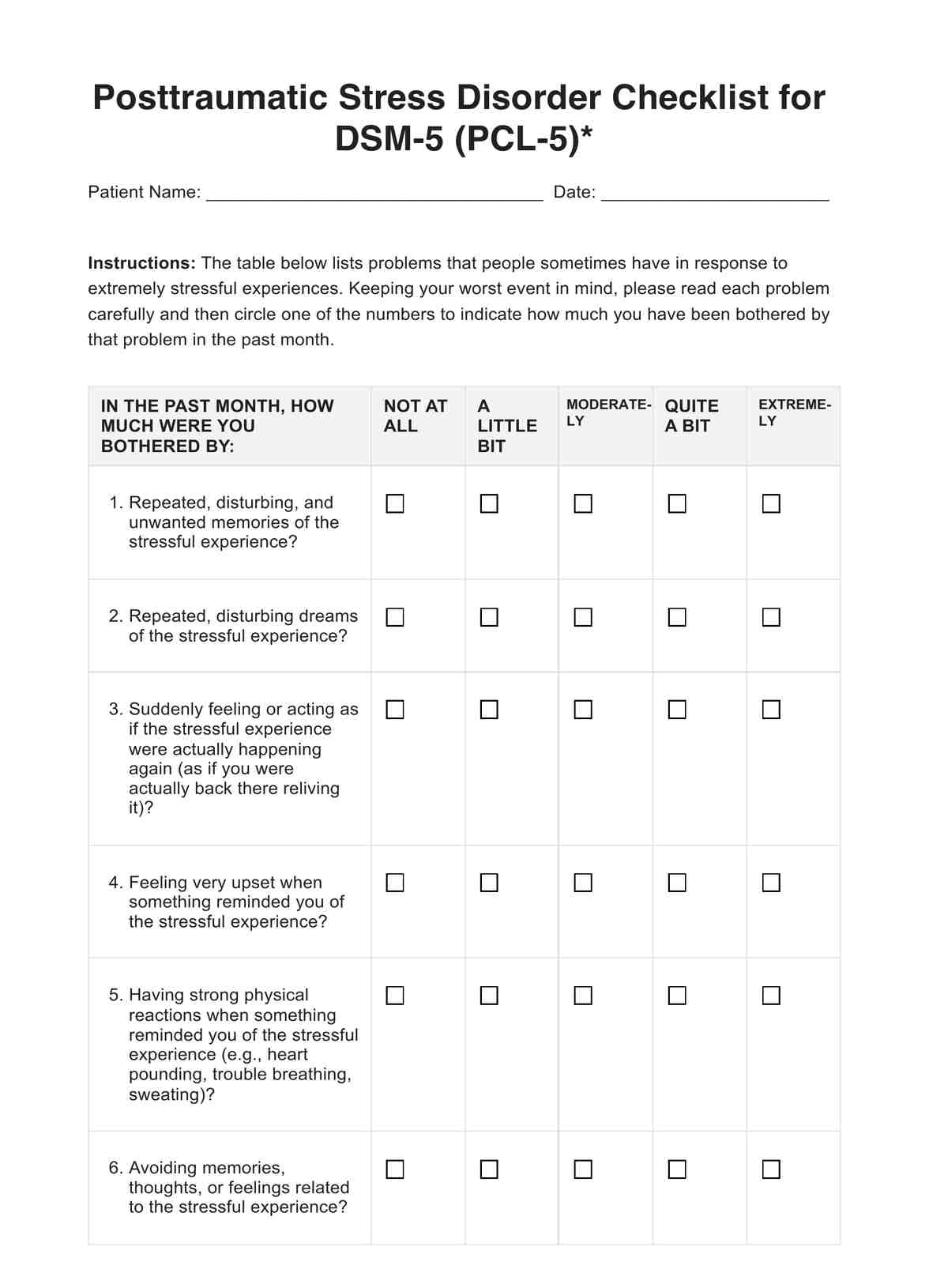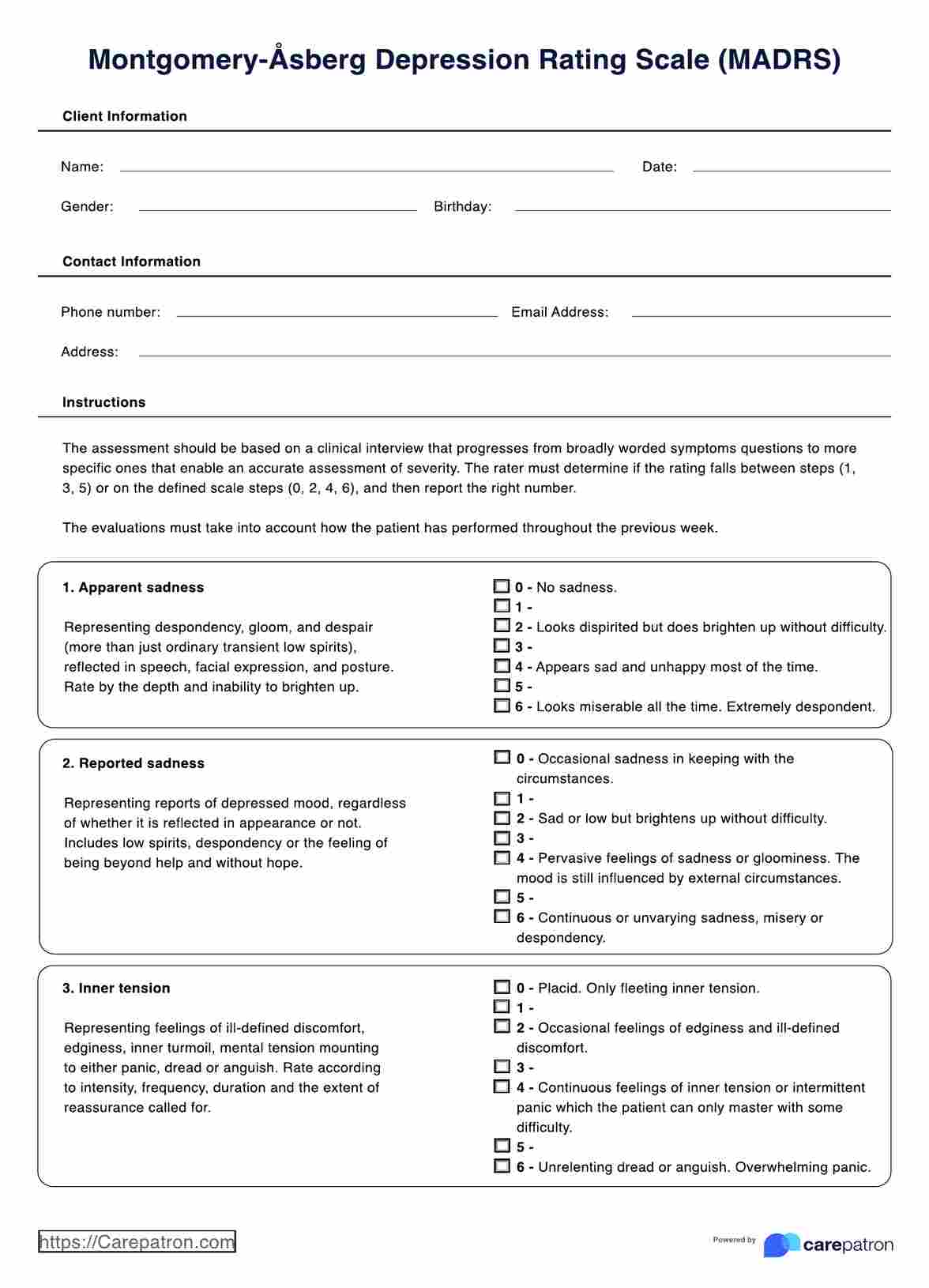Schizotypal Personality Disorder Test (SPDT)
Explore the use of a self-report tool to screen for symptoms of schizotypal personality disorder among clients. Download a free printable test here!


Understanding schizotypal personality disorder
Schizotypal personality disorder (STPD) is a complex mental health condition marked by pervasive social and interpersonal deficits, with eccentrities in cognition, perception, and behavior. Individuals with STPD often experience a distorted sense of reality, unusual beliefs, and difficulty forming and maintaining social relationships. This personality disorder is part of the schizophrenia spectrum and can significantly impact an individual's daily functioning and quality of life (American Psychiatric Association, 2013).
Diagnosing schizotypal personality disorder can be a complex process, as the symptoms can overlap with other mental health conditions, such as schizophrenia spectrum disorders or other personality disorders. Here, healthcare practitioners use a combination of clinical interviews, psychological assessments, and diagnostic criteria to make a diagnosis.
Schizotypal Personality Disorder Test (SPDT) Template
Schizotypal Personality Disorder Test (SPDT) Example
Symptoms of schizotypal personality disorder
Understanding the symptoms associated with STPD is crucial for healthcare practitioners in order to provide accurate diagnosis and appropriate treatment.
Eccentric thinking
Individuals with schizotypal personality disorder (STPD) often exhibit eccentric or unusual patterns of thinking. This may include holding odd beliefs, such as the ability to read minds or communicate with spirits. They may also engage in magical thinking, where they believe in the existence of supernatural or paranormal phenomena.
Excessive social anxiety
People with STPD tend to experience significant social anxiety and discomfort in interpersonal situations. They may avoid social interactions due to a fear of being judged, ridiculed, or embarrassed. This social withdrawal can further contribute to their sense of isolation and difficulty forming close relationships.
Difficulty maintaining close relationships
Individuals with STPD often struggle to develop and maintain close, meaningful relationships with others. They may come across as odd, eccentric, or aloof, making it challenging for them to connect with people on a deeper level. This can lead to feelings of loneliness and further exacerbate their social isolation.
Unusual speech patterns
Individuals with STPD may exhibit unusual speech patterns, such as rambling, tangential, or circumstantial speech. Their language may be vague, metaphorical, or overly formal, making it difficult for others to follow their train of thought.
Unusual perceptions
People with STPD may experience perceptual disturbances, such as hearing voices or seeing things that others cannot. These experiences can be distressing and can contribute to their sense of being disconnected from reality.
What is the difference between schizoid and schizotypal personality disorders and schizophrenia?
Schizoid and schizotypal personality disorders are both classified as Cluster A personality disorders in the DSM-5, which is the group that contains disorders involving eccentric or bizarre-seeming behaviors. While they share many overlapping symptoms, both conditions have some key differences.
Schizotypal personality disorder is characterized by a pervasive pattern of social and interpersonal deficits, as well as cognitive and perceptual distortions. Individuals with STPD often exhibit eccentric behavior, unusual beliefs, and difficulty forming and maintaining close relationships.
On the other hand, individuals with schizoid personality disorder tend to exhibit a detachment from social relationships and a limited range of emotional expression. They may appear indifferent to praise or criticism and prefer to be alone, but do not typically experience the cognitive and perceptual disturbances characteristic of STPD.
In contrast, schizophrenia is a psychotic disorder that is characterized by a range of problems with cognition, behavior, and emotional stability. Symptoms of schizophrenia may include delusions, hallucinations, disorganized speech, disorganized and catatonic behavior, and below-average performance in areas like work, school, interpersonal relationships, or self-care.
Schizoid and schizotypal personality disorders, and schizophrenia do share some overlapping features, such as social detachment and unusual behaviors. However, the primary distinctions lie in the extent of their eccentricities, the presence of psychosis, and the intensity of social disengagement.
To understand and rule out these differences between these diagnoses, we can use different standardized tests such as the schizoid personality disorder test, the Schizotypal Personality Disorder Test, along with comprehensive interviews and other assessment methods.
How to use our Schizotypal Personality Disorder Test
In any mental health practice, having reliable tools to accurately identify disorders is essential. Our printable Schizotypal Personality Disorder Test (SPDT) is designed as an assessment tool to help healthcare practitioners recognize and diagnose this mental illness. The following is a step by step guide to use this test in your practice:
Step 1: Introduce the purpose of the test
Explain to the client how this assessment tool can help in identifying and assessing symptoms related to schizotypal personality disorder. This is intended to give them insight into the importance of the test in guiding the diagnostic process and shaping a personalized treatment plan tailored to your specific needs.
Step 2: Instruct and administer the test
To administer the SPDT, provide the client with the test materials and clear instructions. Explain that the test consists of a series of statements, and the patient should rate each statement based on how much they agree or disagree with it. Encourage the patient to answer the questions honestly to ensure the most accurate results.
Step 3: Score and interpret the test
After the client has completed the SPDT, score the test according to the provided instructions. Higher total scores generally indicate a greater presence and severity of schizotypal personality disorder symptoms. However, it is important to note that the SPQ-BR is not a diagnostic tool and should not be used on its own to diagnose schizotypal personality disorder or any other mental health condition.
Step 4: Incorporate results in planning
Once the test has been scored and interpreted, use the results to inform the client's overall clinical assessment and treatment plan. The SPDT can help identify the specific symptoms and areas of concern, allowing healthcare practitioners to develop a more targeted and effective treatment approach. This may involve psychotherapy, medication management, or a combination of both, depending on the patient's individual needs.
Benefits of taking a Schizotypal Personality Disorder Test
Accurately diagnosing and understanding schizotypal personality disorder (STPD) can be a complex process, but our free Schizotypal Personality Disorder Test (SPDT) can be a valuable tool. Taking this test offers the following benefits:
Improved diagnostic accuracy
The SPDT can help healthcare practitioners more accurately identify the presence and severity of STPD traits in their patients. Through a standardized assessment, the test can complement the clinical interview and other evaluation methods for a more comprehensive understanding of the individual's mental health profile.
Targeted treatment planning
With the insights gained from the SPDT, healthcare practitioners can develop more personalized and effective treatment plans for their patients. The test results can help identify the specific areas of difficulty, allowing for the implementation of tailored interventions, such as psychotherapy, medication management, or a combination of both.
Enhanced patient engagement
The SPDT can help promote open communication and collaboration between healthcare practitioners and their patients. Involving the patient in the assessment process allows practitioners to help them better understand their own experiences and become more active participants in their recovery.
Monitoring progress and outcomes
Repeated administrations of the SPDT can help healthcare practitioners track their patients' progress over time, evaluating the effectiveness of the implemented interventions and making adjustments as needed. This can lead to improved long-term outcomes and a greater sense of empowerment for the patient.
How is Schizotypal Personality Disorder diagnosed by a mental health professional?
Like any other mental health disorder, diagnosing schizotypal personality disorder requires a careful and comprehensive assessment process. In particular, this involves the following methods:
Clinical interview
During this interview, the mental health professional will explore the individual's history, symptoms, and functioning across various domains, such as social, occupational, and personal relationships. This allows for a deeper understanding of the individual's experiences and the impact of their symptoms on their daily life.
Psychological assessment
In addition to the clinical interview, mental health professionals may use a range of psychological assessment to evaluate the presence and severity of STPD symptoms. This can include standardized measures which can provide quantifiable data to support the diagnostic process.
Observation and collateral information
Observing the individual's behavior and mannerisms during the evaluation process can also offer valuable insights. Additionally, gathering collateral information from family members, friends, or other healthcare providers can help paint a more complete picture of the individual's functioning and history.
Differential diagnosis
Distinguishing STPD from other mental health conditions, such as schizophrenia or other personality disorders, is an essential part of the diagnostic process. Mental health professionals should carefully consider the specific symptoms, onset, and course of the individual's difficulties to ensure an accurate diagnosis.
Collaboration and ongoing assessment
Diagnosing STPD is rarely a one-time event. It often involves an ongoing collaborative process between the individual and the mental health professional. Regular monitoring and reassessment can help ensure that the diagnosis remains accurate and that the treatment plan continues to meet the individual's evolving needs.
Using the personality questionnaire template, clinical interview template and schizoid personality disorder test template can improve your practice and client success. These tools are designed to promote structured progress.
Reference
American Psychiatric Association. (2013). Diagnostic and statistical manual of mental disorders (5th ed.). Washington, DC.
Cohen, A. S., Matthews, R. A., Najolia, G. M., & Brown, L. A. (2010). Toward a more psychometrically sound brief measure of schizotypal traits: Introducing the SPQ-brief revised. Journal of Personality Disorders, 24(4), 516–537. https://doi.org/10.1521/pedi.2010.24.4.516
Commonly asked questions
A schizotypal personality might often display unusual or eccentric behavior, have odd or disjointed patterns of speech, and have magical beliefs or superstitions that influence their behavior and thinking.
Schizotypal personality disorder typically begins in early adulthood and is a lifelong condition that requires ongoing treatment and management.
Treatment for schizotypal personality disorder often involves a combination of psychotherapy, such as cognitive-behavioral therapy, and medication to address any co-occurring mental health conditions. The goal is to help the individual improve their social, cognitive, and coping skills.


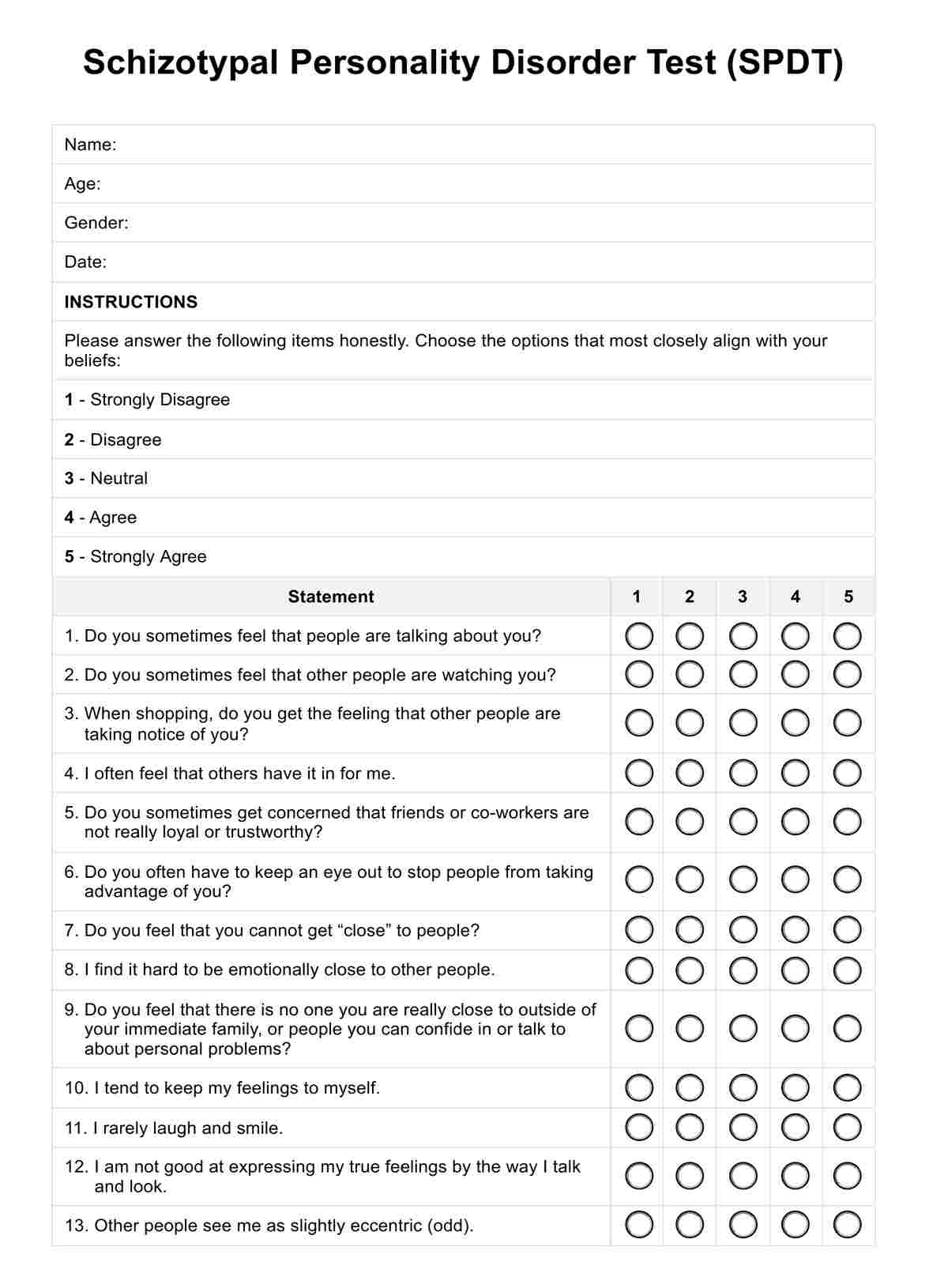
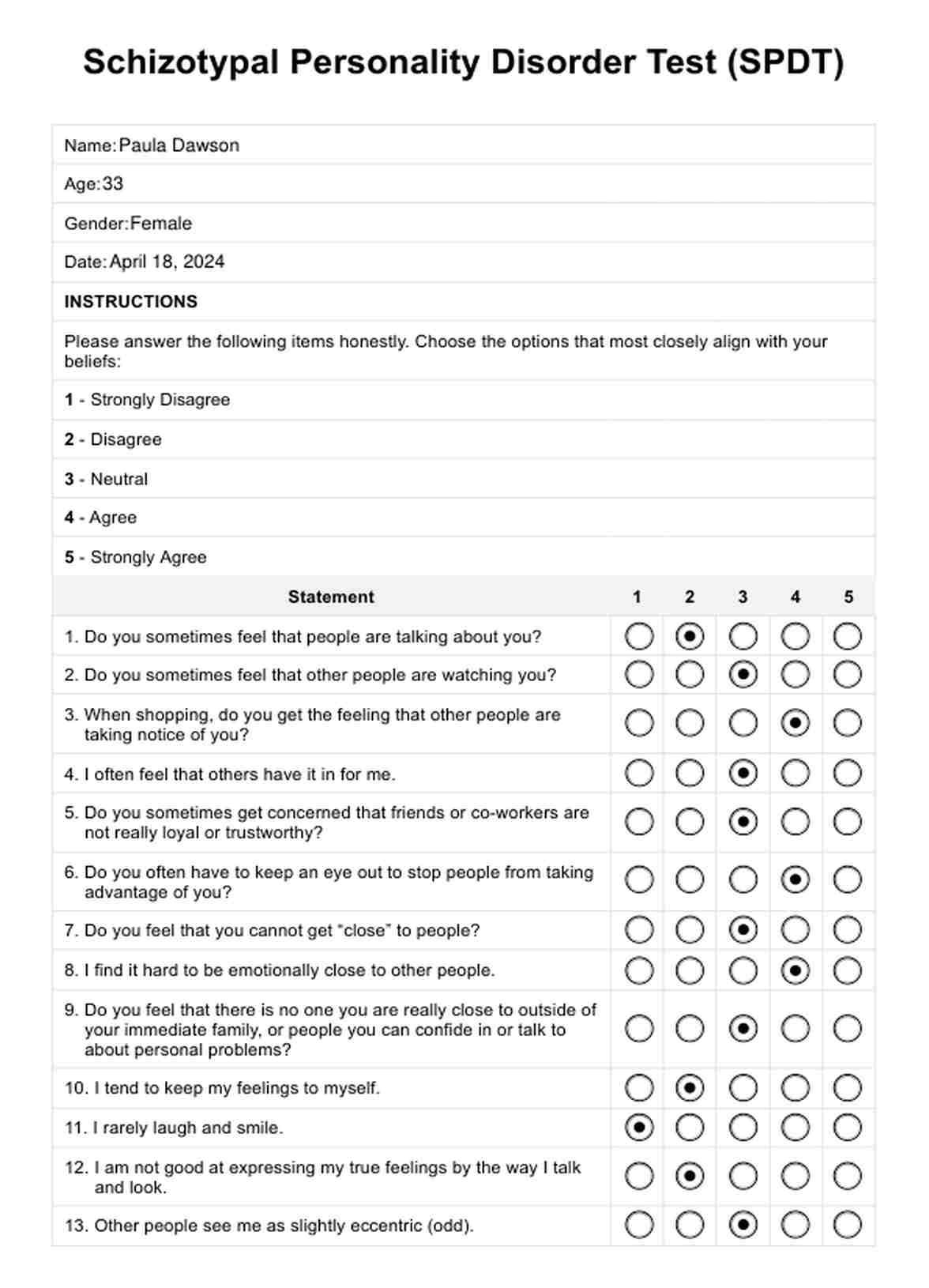

















-template.jpg)


























































































